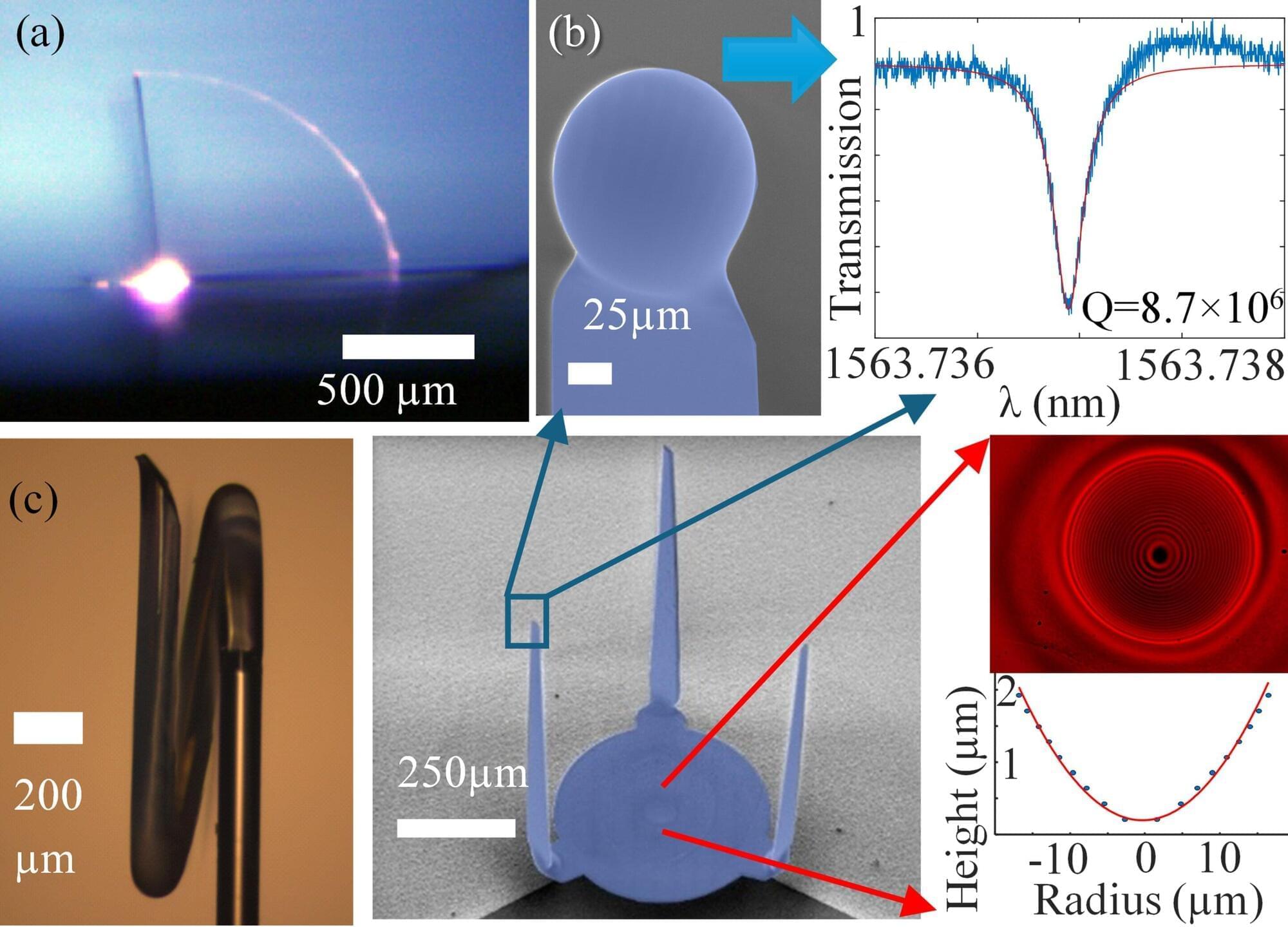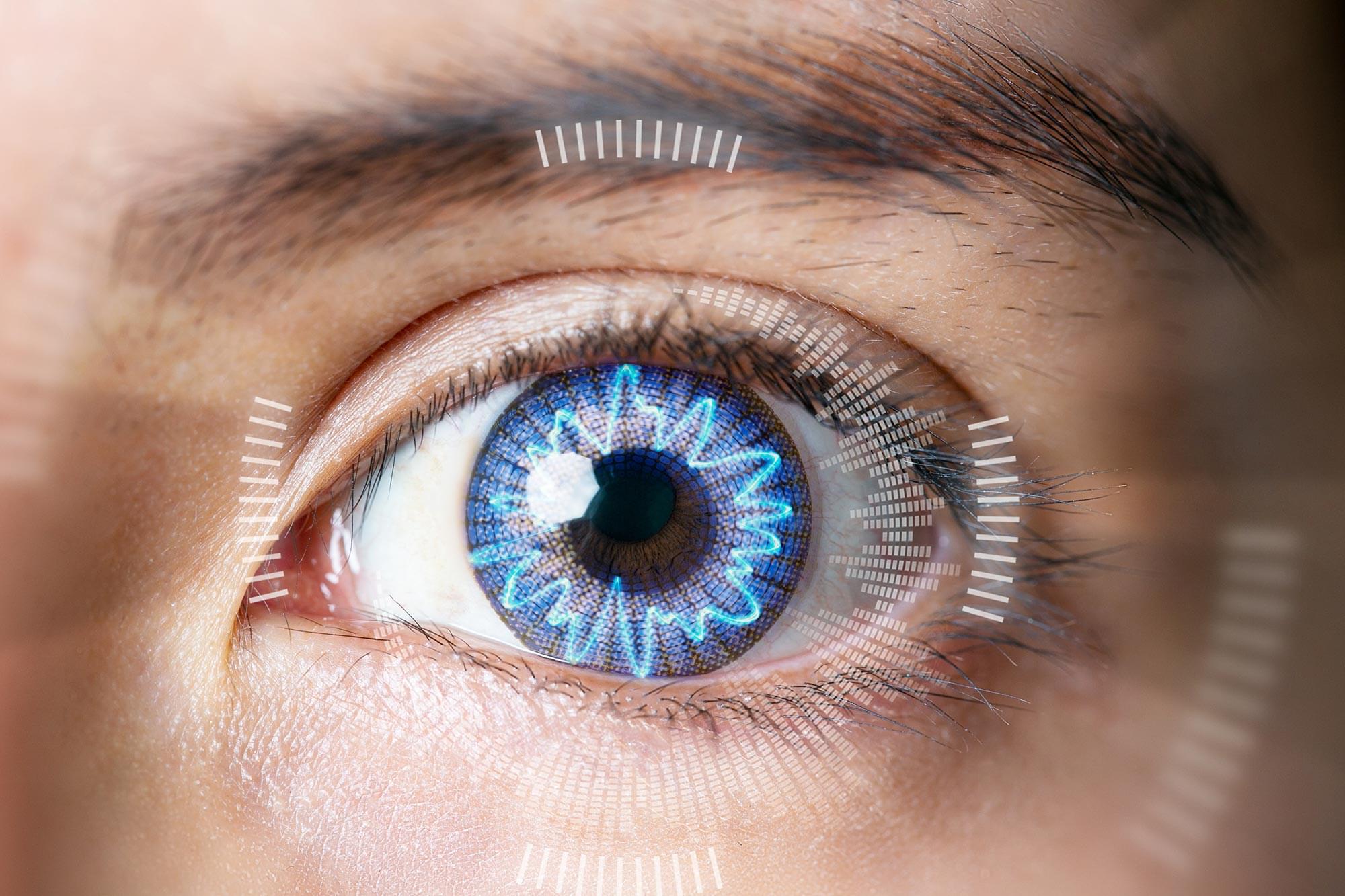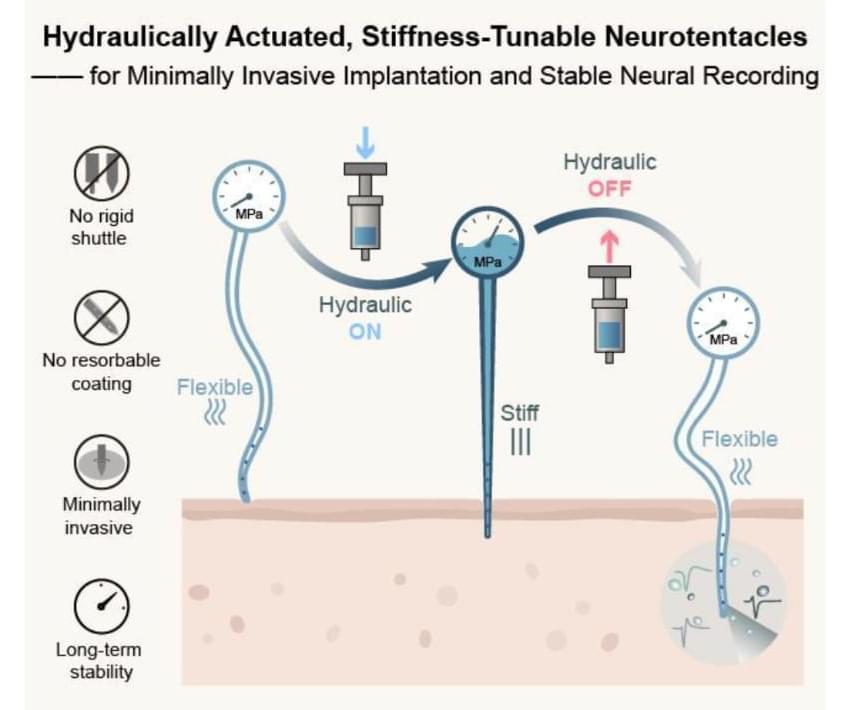Researchers have developed a technique to fold glass sheets into microscopic 3D photonic structures directly on a chip—a process they call photonic origami. The method could enable tiny, yet complex optical devices for data processing, sensing and experimental physics.
“Existing 3D printers produce rough 3D structures that aren’t optically uniform and thus can’t be used for high-performance optics,” said research team leader Tal Carmon from Tel Aviv University in Israel.
“Mimicking the way a pinecone’s scales bend outward to release seeds, our laser-induced technique triggers precise bending in ultra-thin glass sheets and can be used to create highly transparent, ultra-smooth 3D microphotonic devices for a variety of applications.”







